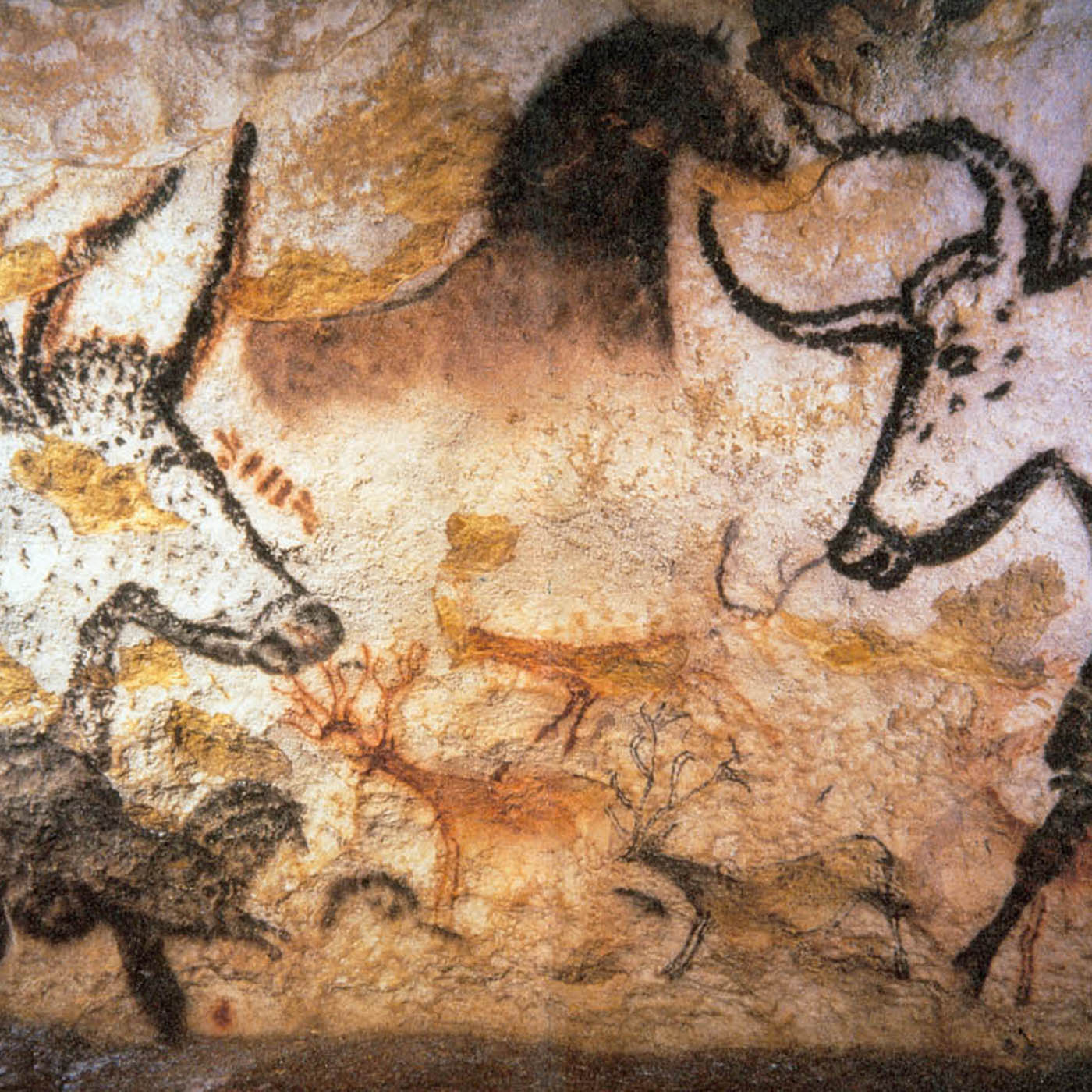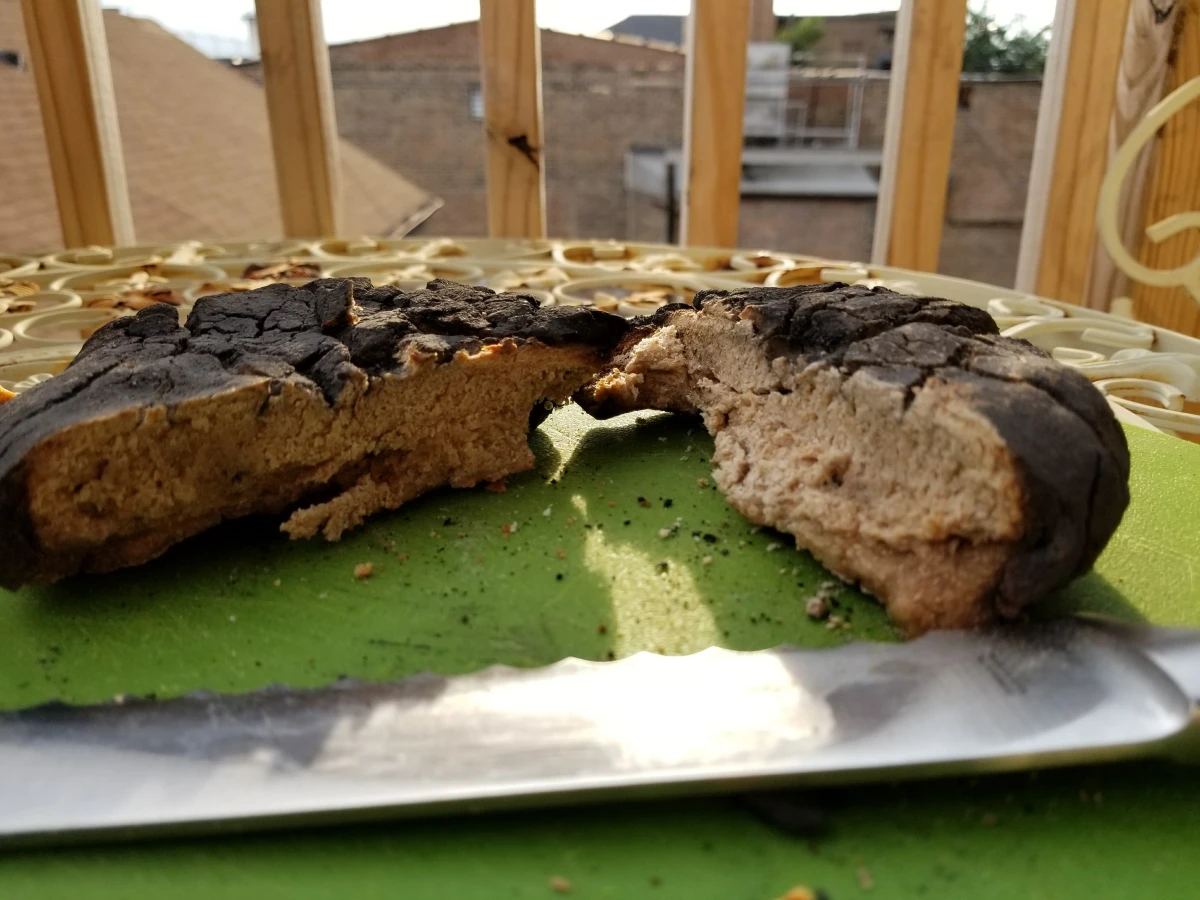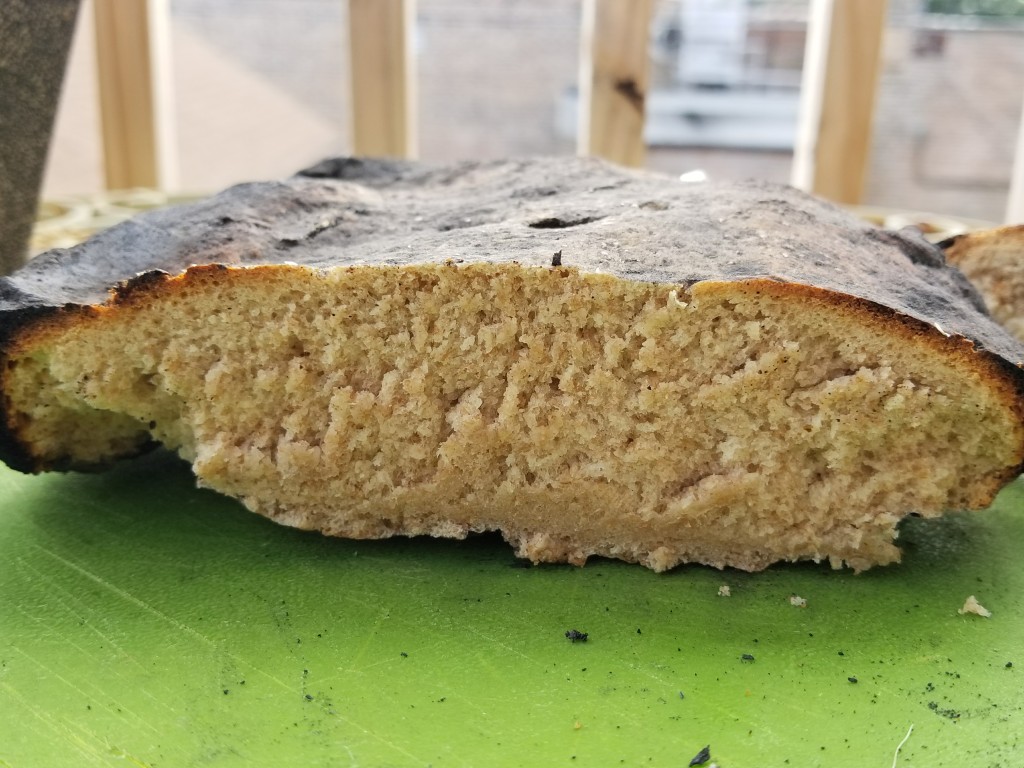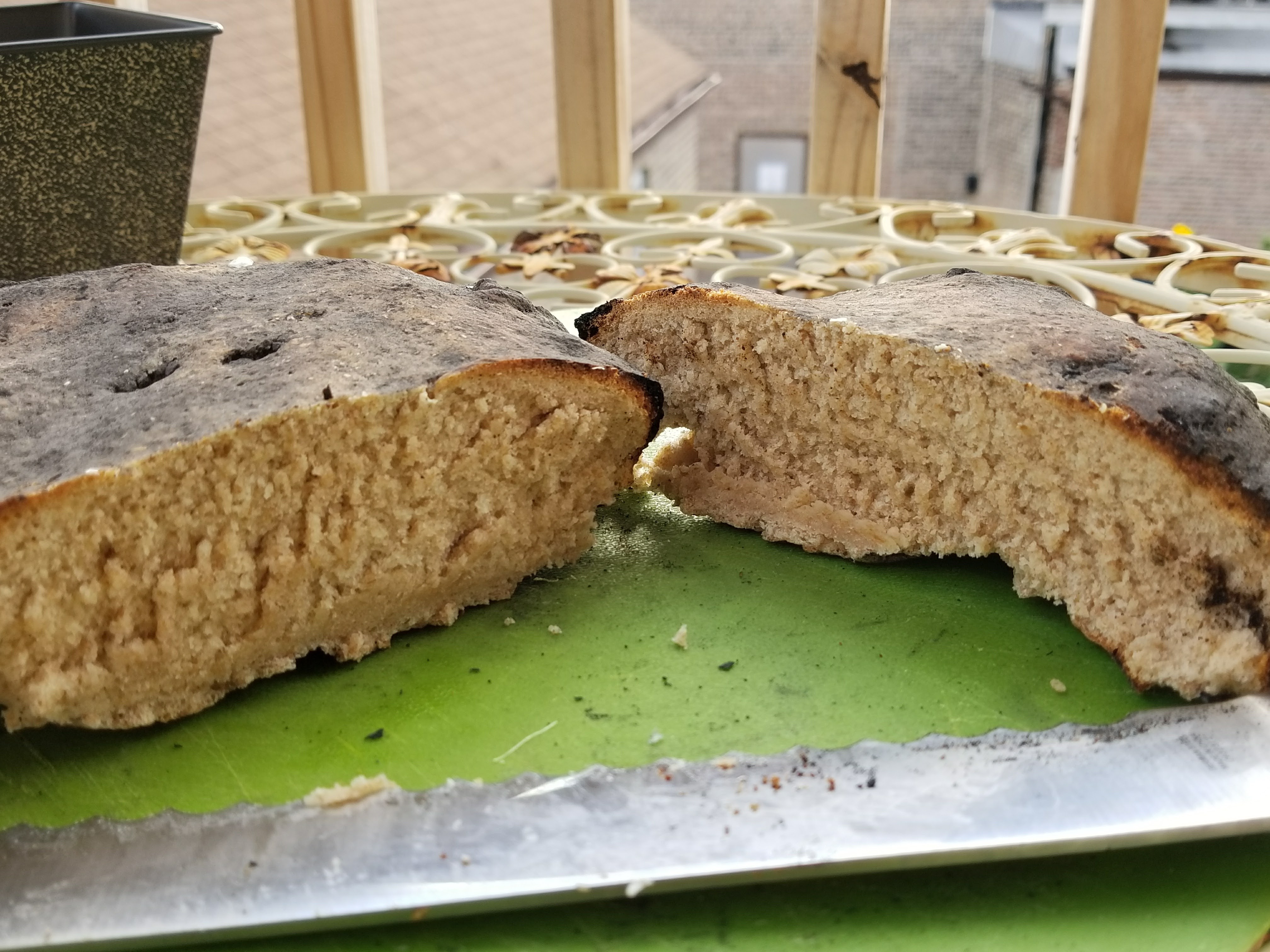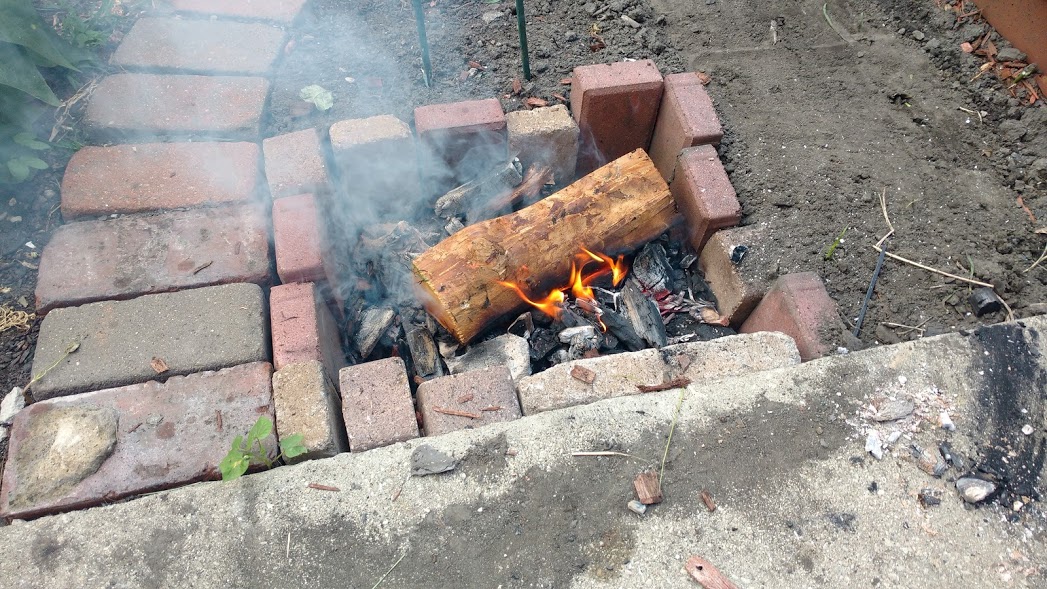-Fish (1.5-2 lbs), gutted and opened up, skin on
-Root Vegetable (Eddo, Taro, Malanga most authentic, but carrots or potatoes are a nice modern version)
-Raw shellfish (clams and mussels pictured)
-2 tbsp sesame oil
-Insulator leaves (Beet leaves, carrot tops, Arugula, watercress, banana leaves, or anything edible!)’
-Herbs to stuff, wild greens and sunflower seeds for garnish
1) Light a fire on the floor of an EARTH OVEN, keep burning for 1 hour. While burning, prepare the fish, season with salt, stuff with herbs, and close. Cut up veg into very thin slices, or 1 inch cubes, drizzle with sesame oil and salt liberally
2) Scoop out ash or move to one side. Lay down insulators with Fish, roots, and shellfish on top, plus one more layer of insulators. Cover the pit with plywood or cloth, and bury with soil. Let cook for 4 hours.
3)In a bowl, mash up roots with more sesame oil and salt. Plate first, with greens nestled around, then gently place fish on top. Finish with herbs and sunflower seeds

Not long after homo sapiens had only just evolved, when we had spread across Africa but had not yet left it, we almost went extinct. The Ice Age descended into an even colder glacial period, and the deserts of our home continent expanded, and the savannahs which we had previously occupied to hunt and forage became arid, dry, and uninhabitable. 90% of all living humans died as a result of this climate change.
But not all of us. A relatively small amount survived by hunkering down near the coasts, eating shellfish and mollusks, such as oysters, clams, and mussels. To harvest these foods en masse, you have to be relatively smart. You have to know how the tides work and how they connect to the phases of the moon, in order to survive off shellfish successfully and not get killed doing it. The reward was a fatty, calorie dense food which certainly helped hone our “people” skills and further brain development. So it’s no surprise that the residents of Pinnacle Point, ancestors of all homo sapiens alive today, knew how to make advanced heat-treated tools, how to make paint and art, and most of interest to us, how to cook with Earth Ovens
To supplement this diet, we gathered what we could, which was mainly carb rich roots, known as geophytes. Humans had these hard, starchy, and hairy vegetables all to themselves, since they required digging sticks to access. Continue reading “PINNACLE POINT PLATE (Hunter Gatherer Supper)”
